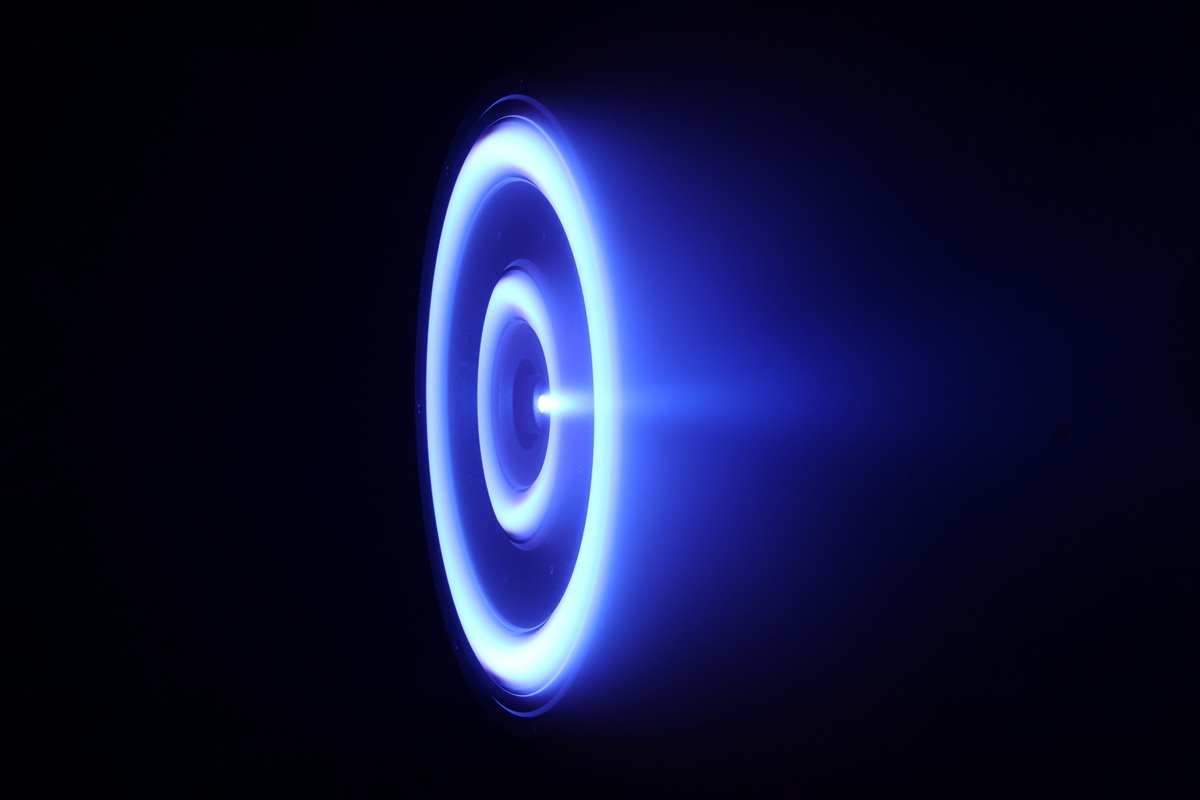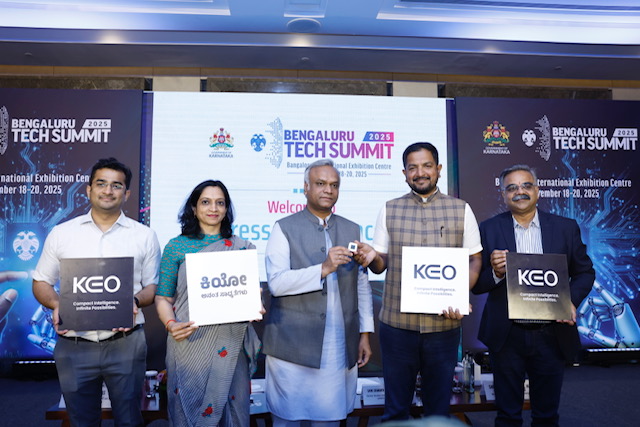Torrance, California: K2 Space Corporation, a rising force in satellite technology, recently announced the achievement of two pivotal milestones, solidifying its path to a groundbreaking mission in early 2026. The California-based company, known for developing high-power, cost-efficient satellites, is preparing to launch Gravitas, its first full-scale satellite mission targeting Medium Earth Orbit (MEO). This launch, slated for early next year, promises to reshape how constellations are deployed and operated.
Breakthroughs in Satellite Technology
K2 Space has successfully completed its inaugural in-space demonstration, launched in January 2025. This mission marked a historic leap for the company as numerous components—designed and manufactured entirely in-house—proved their mettle under the harsh radiation of MEO. Key validated systems included:
- Flight Computer: Custom-built for autonomous and resilient operations.
- Reaction Wheel & Embedded Avionics: Precision control under extreme conditions.
- Flight Software: Optimized for stringent mission requirements.
The vertical integration at the heart of K2’s business model was vindicated. By producing core components internally, the company achieved not only cost savings but accelerated technical validation—significantly reducing risk for the upcoming Gravitas mission.
Unveiling the Most Powerful Hall-Effect Thruster
In a further technological leap, K2 Space recently test fired its new 20kW Krypton-fed Hall-effect thruster at full power. This thruster, believed to be the most powerful of its kind destined for space, was fired at K2’s Torrance headquarters, in one of the world’s largest custom-built propulsion chambers.
The Hall-effect thruster is a cornerstone of K2’s strategy:
- Orbit-Raising Efficiency: It will enable the upcoming Mega-Class satellite to transition from Low Earth Orbit (LEO) to MEO in under 90 days—a radical acceleration in mission timelines.
- Constellation Advantage: This enables up to four times as many satellites to be deployed per launch, each capable of self-propulsion to its final orbit, drastically cutting costs and deployment time.
“These milestones are a testament to our team’s engineering prowess and innovation mindset,” stated Karan Kunjur, CEO of K2 Space. “Our in-space demonstration and the 20kW thruster test pave the way for scalable, high-performance satellites for both national security and commercial use.”
The 2026 GRAVITAS Mission: Breaking New Ground in MEO
Gravitas represents a paradigm shift in satellite operations. The mission will operate a K2 Mega-Class satellite at multiple MEO altitudes, a region notable for its strategic potential yet historically difficult to access. The platform’s features include:
- 20kW of Onboard Power: Supporting diverse, power-hungry payloads.
- Multi-Orbit Flexibility: Capable of operating across various altitudes and orbital environments.
- Mixed Payloads: Hosting both national security and commercial instruments.
The U.S. Space Force has underscored its confidence in K2 with a $60 million STRATFI award to develop and deploy this next-generation spacecraft, further validating the promise of K2’s technology for national interests.
Dr. John Plumb, K2’s Head of Strategy, highlighted the changing demands of space customers: “Both government and commercial partners are demanding more power, more capability, and lower cost. The K2 platform is structured to deliver exactly that.”
K2 Space’s vertically integrated, stackable satellite architecture means up to ten satellites can be transported per standard launch, reducing the traditionally high barriers to sophisticated MEO and GEO missions. With over $180 million in backing from venture leaders including Altimeter Capital and Lightspeed Venture Partners, the company is positioned to challenge established norms and deliver rapid, scalable access to advanced satellite infrastructure.
Founded by former SpaceX engineers, K2 Space is redefining satellite manufacturing by delivering the performance of “exquisite” systems at the price and speed of small-satellite production. With ambitions reaching from LEO to GEO, and historic funding in hand, K2 is poised to play a pivotal role in the next era of satellite deployment and operations





